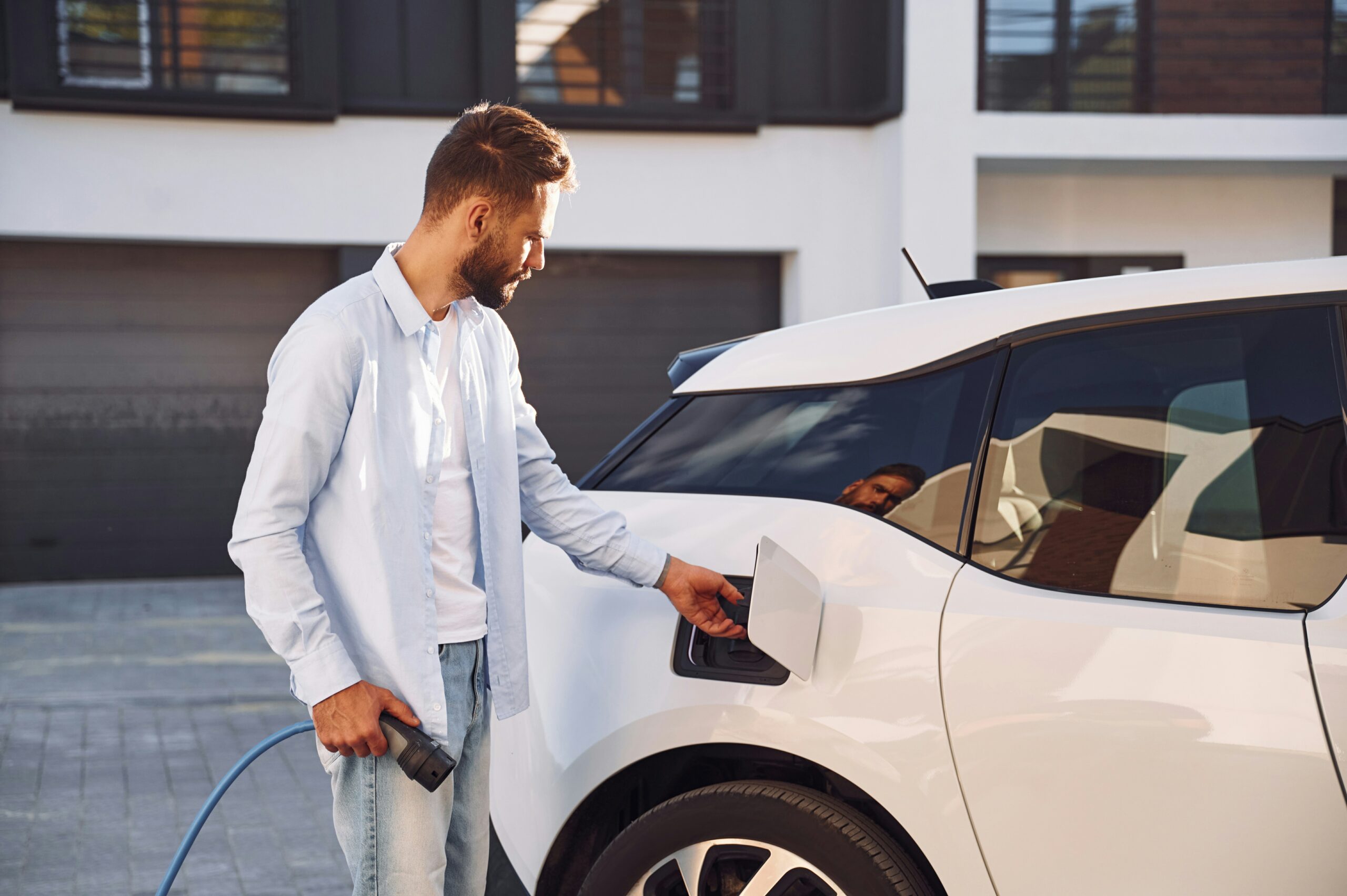In the face of resistance toward rapid electric vehicle adoption, do hybrids pose the “safest” alternative?
The logic behind the pro-hybrid argument is fairly straightforward. They offer better fuel economy than gasoline-only vehicles while avoiding some of the common fears around all-electric cars, such as range anxiety and other worries associated with rapid technological adoption. In particular, plug-in hybrid electric vehicles (PHEVs) appear to combine the best of both worlds.
But are they truly the panacea they're made out to be, or just another fool's gold?
At first glance, PHEVs seem like the perfect solution and the market has embraced them accordingly. Last year alone, PHEV sales in the U.S. surged by 20 percent, with more than 860,000 now on the roads. In fact, they account for more than 40 percent of all electric vehicles. Companies are drawn to them due to their flexibility, federal tax incentives, and the promise of reduced fuel consumption.
However, as with all things that glitter, there's more than meets the eye.

The true value of PHEVs lies in their potential to reduce carbon emissions. When plugged in regularly, they can save about 1.5 tons of carbon annually. This is a significant 30 percent reduction compared to the average car's emissions. Additionally, they offer savings on fuel costs, which can amount to several hundred dollars a year.
But there's a catch. The environmental and financial benefits of PHEVs are contingent upon one crucial factor: regular charging. When fleet drivers neglect to charge their PHEVs and rely excessively on gasoline, the advantages rapidly dissipate. In fact, among all PHEV owners, fleet managers are the least likely to plug in the cars to maximize their range.

PHEVs, when not used as intended, can actually be detrimental both environmentally and financially. Their heavier build, a result of the battery technology, makes them less fuel-efficient when running solely on gas. This weight also accelerates tire wear, leading to increased tire particulate pollution. Moreover, the initial environmental footprint of PHEVs is larger due to the materials required for their manufacture. With lower fuel efficiency than their internal combustion engine (ICE) counterparts, they cost more to run when driving on gas alone, which added to their higher sticker price, can really hurt the bottom line.
So, what's the solution? It's not to abandon PHEVs but to make sure they are used responsibly.
Companies must adopt a pro-charging approach. Installing charging infrastructure at workplaces, facilitating on-the-go charging, creating a home-first charging policy, and reimbursing employees for home charging are all essential steps. Fleet managers must also educate drivers on maximizing the benefits of their PHEV, and empower them to maintain a full charge of the fleet vehicle whenever possible. By ensuring that PHEVs are charged regularly, companies can truly harness their potential for sustainability.
The onus is not just on corporations but also should be on policymakers. Incentives for PHEVs should be structured in a way that rewards actual electric usage, rather than just the purchase of the vehicle. This could include tiered tax breaks based on electric miles driven or subsidies for companies that can demonstrate a high percentage of electric-only usage in their fleet.
With so many PHEVs in fleet drivers' hands, now is the moment for introspection and action. It's imperative that we ensure these hybrids don't just shine on the surface but deliver genuine, sustainable value for our environment and economy.




